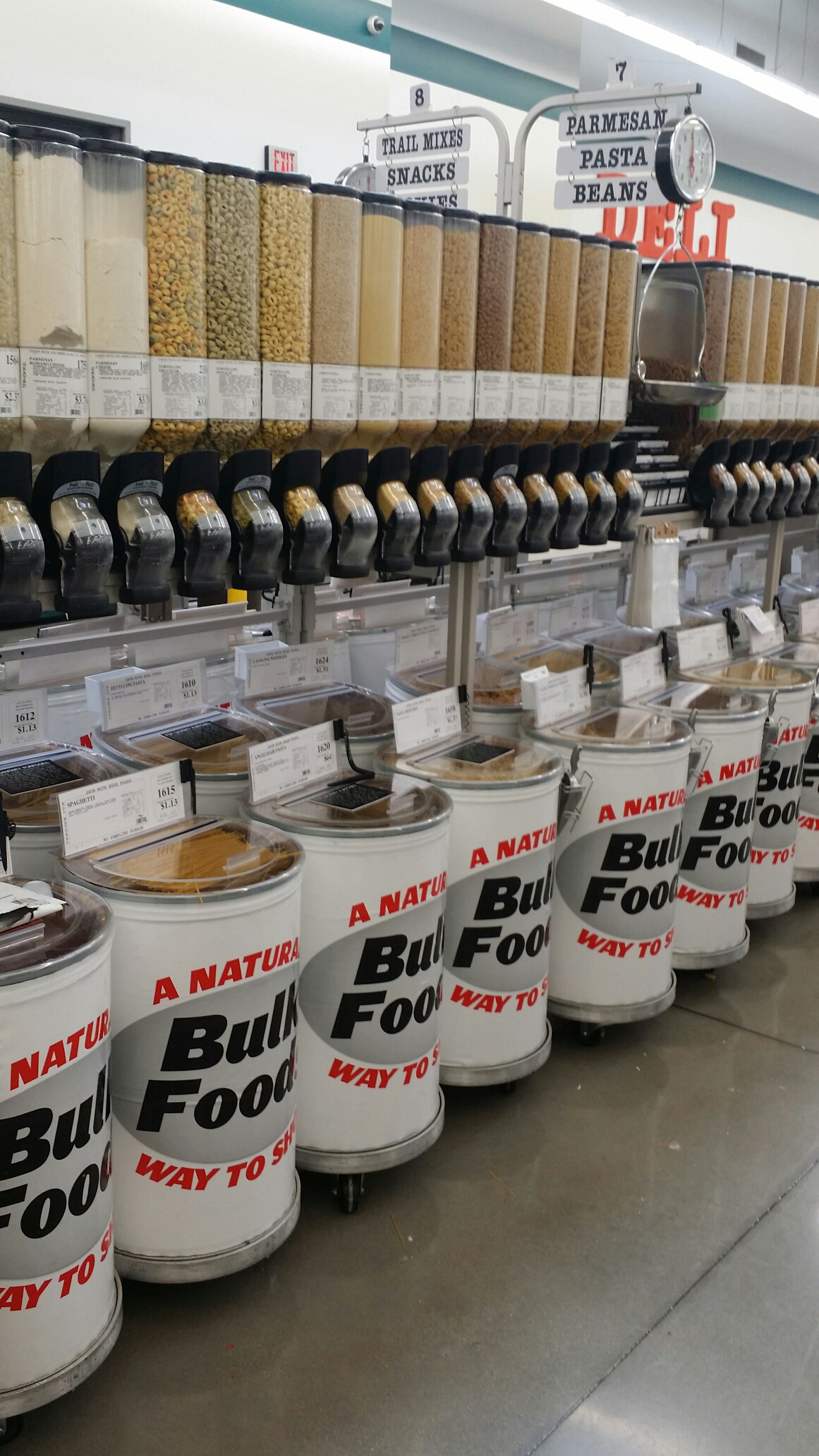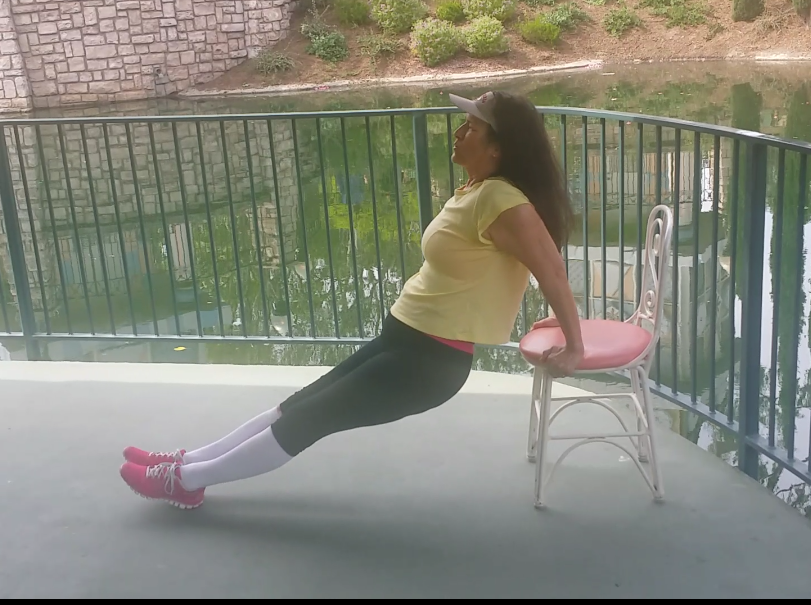Before we start I just want to make one thing crystal clear:

Yeah sister, neither am I… but seriously:
These are all exceptional people!
I am not about fat bashing here. How hypocritical would that be? Once weighing in at 240 pounds, how could weight shaming make sense to me? I’m also not about political correctness. I just want the truth. After 35 years of age most of us realize it’s not about beauty anymore. Life makes athletes of all of us, and our sport is long distance wellness! Project Waistline, and lifestyle fitness in general, is all about health, healing, wholeness, empowerment. Let us redefine beauty in terms of these qualities, and let us all pursue this new “beauty” together!
I have created Project Waistline as a personal scientific research assignment, with an infinitesimally small sample space of one. After studying the concept I am fully confident these lifestyle modifications, if applied in a consistent fashion, will yield optimal results.
Is it the only approach to wellness that will work? Let me save you the trouble of digging up the answer… of course not. There are other methods to shed excess weight, reduce blood pressure, triglycerides, cholesterol, blood sugar. How about some bariatric surgery, followed by extreme calorie restrictions? Some constant calorie counting without the surgery? How about adding 8 sweaty hours per day in the gym? You could try eating freeze-dried cardboard nutri-food delivered weekly in the mail. How about wiring your jaw shut and not eating at all, just drinking your calories? You could always try a drug… Fen-Phen anyone? (Would you like a little heart valve damage and Primary Pulmonary Hypertension with that little pill?)
None of these methods will work if they are unsustainable. I just believe the Project Waistline approach is the most efficient, least expensive, most enjoyable, natural, ecologically responsible, animal compassionate, most corporate-independent path to optimal health. For the past 73 days I have embraced it to prove to myself (and to anyone else who cares to follow along) that it yields results.
As with any research, the work would be meaningless without forthcoming analysis of the data. Statistical changes have come slowly in this project. It’s likely because I am doing the Low-SOS (salt, oil, sugar) version, as opposed to No-SOS. Okay… so is that a bad thing? I think not. After all (as I continue to remind myself) this is a journey, not an event! I’m not on-a-diet. Since it took years to put on the weight that made me unhealthy, and my unfit condition continued steadfastly for many years, I extrapolate that if I slowly reverse the damage done, the positive results will prove to be equally enduring. This project is best described as a self-evolving lifestyle commitment. It’s growing increasingly effortless as the weeks pass, and I’m loving it!
So maybe the trade-off is the joy-factor in exchange for slower results. Going slow suits me well because I don’t feel restricted, I don’t feel deprived, I actually enjoy eating low-SOS vegan, drinking mega-water, exercising daily… and of course I enjoy my periodic XL-party days (Woo-Hoo!)

The limit of acceptable trade-off for me is a slower march forward, just as long as I’m not moving backward!
However, if your own Project Waistline journey was prompted by severe health issues, or if your food addictions are not yet under control, it would be best if (with the approval of your nutritionally minded physician) you cut out a few party items to implemented these changes more strictly than I have.
SO WHAT ABOUT THE NUMBERS?
Keeping statistics is not altogether a pleasant venture. It’s a new concept for me. I rarely ever measured myself in the past… too depressing.
Over the last ten weeks there were some fortnights (two week measurement periods) when, despite my relatively clean living, the numbers were not changing. I felt frozen in time and questioned my laid back laissez-faire attitude toward portion control and XL-party (Woo-Hoo!) treats.
One problem was (and likely will continue to be) that I was too close to see the big picture. So let’s take a step back and look at that now.
WEEK 0:
waist: 33in
(@ navel): 40.5in
hips: 43in
Min whr = 33/43 = .77
Max whr = 40.5/43 = .94
Avg whr = (.77+.94)÷2 = .86
(height: 5′ 9″)*
(weight: 168lbs)*
WEEK 10:
waist: 30in
(@ navel): 35in
hips: 41.5 in
Min whr = 30/41.5 = .72
Max whr = 35/41.5 = .84
Avg whr = (.72+.84)÷2 = .78
(height: 5′ 9″)*
(weight: 153lbs)*
Turns out that after ten weeks I’m nothing but a loser (good thing here!)
waist: lost 3in
belly: lost 5.5in (yeah!!!!!)
hips: lost 1.5in
Avg waist-to-hip ratio: lost .08
weight: lost 15lbs
Wow… seriously WOW!! Maybe I ought to only measure myself once every ten weeks! 
Although I did not measure my lunch sisters (upper arm circumference) and thighs, those have really slimmed down. Sometimes the jumping jiggle test is all we need to know how our body has changed. Despite only losing 1.5 inch in the hips, I know those areas are firmer and more muscular than they were ten weeks ago. And the loss of 15 pounds is deceptive because with such consistent weight lifting some of that fat has surely been replaced with denser muscle fiber.
Most important figure is the belly girth. Don’t forget that visceral fat (the dangerous stuff that gravitates to our midsection) is not really the flabby-grabby stuff. It’s often firm, and thus deceptive. Have you ever wondered how our bodies tend to grow wide within our skeletal structure as we age? We just tend to morph into widebody versions of our younger selves. It’s because the visceral fat is packing in firmly around our internal organs, which causes our rib cage, hip girdle, etc to expand.
“I think that the primary fallout from increasing obesity is probably not going to be some huge hit to mortality. It’s going to be disability.” Dr. Virginia Chang, demographer at New York University.
(Click here for a discussion on the healthcare costs dilemma of obesity + aging)
This widening organ packing is bad on multiple levels, not the least of which is the propensity for abnormal cell growth (cancer) in the vicinity of excess fat. But my dear reader… this body type is a fully reversible condition.
JOURNALING
One very cool aspect of documenting my daily eats is that I am able to better understand how my body responds to specific foods. This would normally be a major chore, but I just snap a photo of my meals with my phone, and record the verbal description later. How easy is that? If I feel water-retentive, crampy, puffy, belly-achie, scratchy throat, stuffy sinuses (or whatever) the next day it’s so easy to look back at what I put in my body that activated such a response.
For example: I don’t always eat organic, I mix it up. Sometimes I noticed my throat was getting scratchy, and a post nasal thing was happening. I traced this reaction back on my journal to the consumption of watermelon. I thought about the high water content in this food and reasoned that it must surely pick up a huge chemical residue from pesticides. So the next market day I purchased organically grown watermelon… and sure enough, no allergic reaction!
No need to share with the whole world, but doing your own personal meal journal is enormously helpful. Be honest! This will be your source for analysis of the program. You need accurate information to form future adjustments.
FACIAL EXERCISE
Have you noticed the addition of facial workout routines listed in my daily journal? “Why such vanity?” you may ask. “What do facelines have to do with waistlines??”
Well, I actually know people who refuse to lose fat for fear it will cause an outcrop of visible wrinkles and droopy cheeks & jowls. Now listen! I don’t want anything coming between a man/woman and optimal health! I’m not suggesting, nor do I desire, the obliteration of all wrinkles. I love my character lines! I’m not so in love with the sun-induced etchings, or with droopy, sleepy facial muscles. We can do something about these. First we zero in on the muscular foundation.
I have developed two categories of facial exercises to tighten up our muscular underpinnings: HANDS-ON and HANDS-FREE. I want to share these with you as I incorporate them a few minutes each day in my regular Project Waistline regimen. I’m in the process of creating a few Youtube videos to share the details and my own personal progress with you.
Okay… so that’s it for now. Back to the studio today to start filming & editing Project Waistline Videologs.
Now you stay strong and committed!
Keep saying NO to corporate foods!
Keep saying YES to simple stress free living!
















